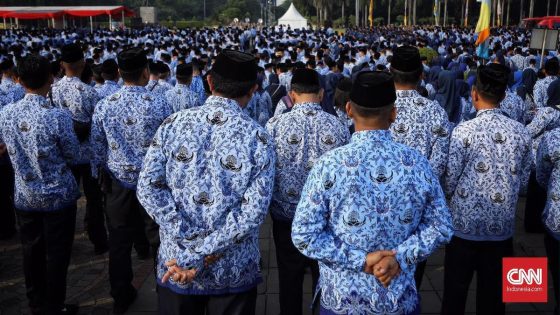On February 4, 2025, the ongoing debate about women’s seating arrangements in Belgium‘s government continues. The recent group photo of the De Wever administration has sparked criticism over outdated protocols that place women on the second and third rows. Why are these old rules still in effect? Is it time for a change?
- Women assigned to second and third rows
- Protocol dictates minister seating arrangements
- Hendryckx questions adherence to old rules
- Lack of warmth in new photographs
- Suggested better locations for official photos
Why Are Outdated Protocols Still Influencing Women’s Roles in Government?
Isn’t it time to question why women continue to sit behind their male counterparts? The recent photos taken at the palace have reignited discussions about gender representation in Belgian politics. Many believe that adhering to such traditions is unnecessary and counterproductive.
The Impact of Historical Protocols on Modern Governance
The insistence on maintaining historical seating arrangements raises questions about progress in governance. These practices may seem trivial but reflect deeper issues regarding women’s roles and recognition within political spheres.
The Role of Tradition vs. Modern Values in Politics
Tradition often clashes with contemporary values, especially regarding gender equality. While some argue that history should guide US, others see it as an obstacle to progress.
- Historical protocols limit women’s visibility in leadership roles.
- Modern governance requires a shift towards inclusivity.
- Cultural perceptions influence how women are perceived politically.
- A call for change resonates across various sectors globally.
The Need for Change: A Call to Action
The conversation around these outdated practices is crucial for fostering a more inclusive political landscape. Advocates suggest revising protocols to ensure equal representation and visibility for all members of government, regardless of gender.

































